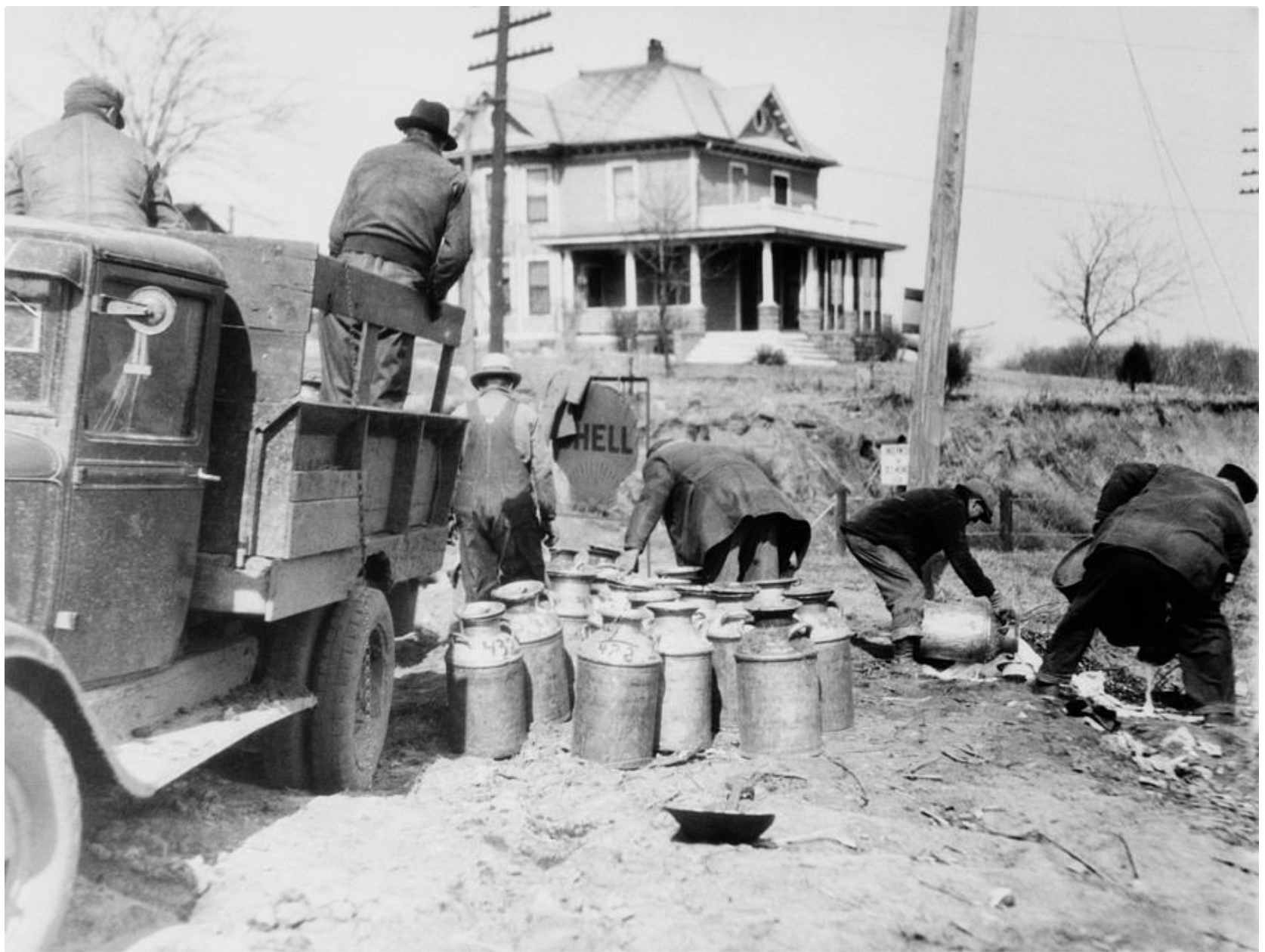Food shortages next?
/No sense crying
Dairy Farmers dumping milk as markets disappear
And this FEMA internal report is discouraging
The document, titled “Senior Leadership Brief COVID-19” and dated April 2, 2020, bears the seals of the Federal Emergency Management Agency, the Department of Homeland Security and the Department of Health and Human Services. It contains a brief description of findings made by the Food Supply Chain Task Force on the availability of PPE. [Personal Protective Equipment]
Such equipment has been in short supply in hospitals, where doctors and nurses are routinely exposed to high amounts of coronavirus. The food industry also relies on a variety of protective equipment for food safety.
The April 2 briefing warns that the task force had completed an analysis and there could be “commodity impacts if current PPE inventory is exhausted.” There would be shortages of milk within 24 hours and of fresh fruits and vegetables “within several days.” The document estimates that “meat, poultry, seafood, and processed eggs” would become scarce within a period of two to four weeks, while “dry goods and processed foods inventories” — that is, the non-perishables that are pantry staples — could become scarce “as soon as four weeks” after face masks and gloves run out across the food supply chain.
But as the first story from Wisconsin shows, it’s not just a lack of PPE or food workers that’s the threat, it’s the bankruptcy and closure of the farmers who make the food in the first place.
And then there’s this interview with Gary Shilling, who predicts that, because we’ve overturned the global supply chain, we’re in for a long, serious recession: we haven’t seen the bottom of the market yet. As for federal stimulus,
The only problem is it takes a long time to get really fueled up. You remember they had the so-called shovel ready projects? It turns out the shovels hadn't even been made and they were being made in China. The federal government allocates the money, but then it is spent by the states and they have to draw up all the contracts and the environmental impact statements and all that stuff and get it ready. Two years later, only 30% of that money was spent.


